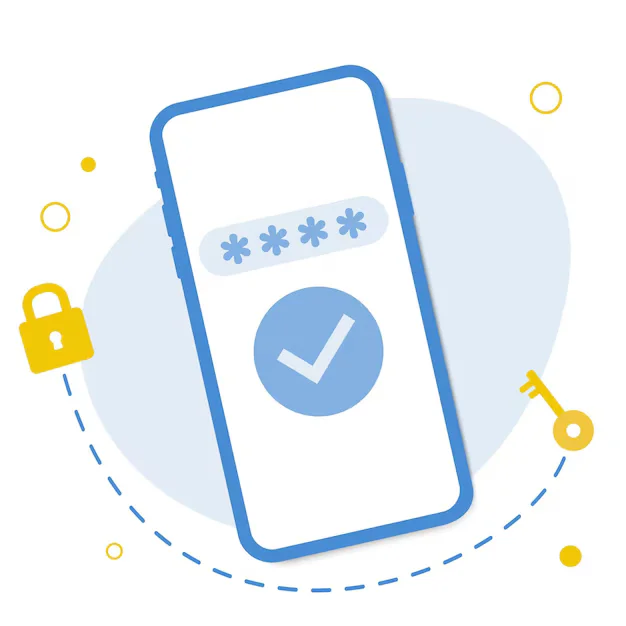Introduction: Why Use SMTP for Sending Emails?
Sending emails is a common requirement in PHP web applications — whether it’s for user registration, password recovery, contact forms, or order confirmations. While PHP offers the native mail() function, it often lacks reliability due to server configurations, spam filters, and delivery issues.
SMTP (Simple Mail Transfer Protocol) provides a more reliable and authenticated way to send emails, ensuring your messages actually reach the inbox. Even without external libraries like PHPMailer or SwiftMailer, you can still send SMTP emails directly in PHP by constructing headers and managing the socket connection manually.
What Is SMTP?
SMTP is a communication protocol used for sending email messages between servers. When you send an email through SMTP, it goes through an authenticated and standardized process that improves deliverability and reduces the chance of being marked as spam.
Most email services — such as Gmail, Outlook, Zoho, and business email providers — support SMTP with login credentials. This allows PHP scripts to connect to those servers and send emails securely, using TLS or SSL encryption.
How SMTP Email Sending Works in PHP
Without libraries, sending SMTP emails in PHP involves manually:
-
Creating a connection to the SMTP server (e.g., smtp.gmail.com).
-
Authenticating using a valid username and password.
-
Composing headers and body content (To, From, Subject, MIME).
-
Sending the email command-by-command over the socket connection.
-
Handling errors and closing the connection properly.
This process requires detailed knowledge of the SMTP protocol and how to structure headers. Although it’s more complex than using a library, it gives you deeper control over how messages are sent.
Benefits of Using SMTP Without External Libraries
While using libraries is convenient, there are valid reasons for sending SMTP emails without them:
-
Lightweight setup: No dependencies or autoloaders needed.
-
Custom environments: Perfect for environments where Composer or external tools are not allowed.
-
Full control: Direct control over socket connections, headers, and response handling.
-
Better learning: Helps you understand how email protocols work behind the scenes.
This approach is ideal for developers who want simplicity, transparency, or to build email features in tightly controlled environments.
Challenges and Considerations
Sending emails via SMTP without libraries also comes with challenges:
-
Complexity: You need to handle connection logic, headers, and MIME types yourself.
-
Security: Storing and managing credentials securely is critical.
-
Server limits: Many SMTP servers have sending limits, authentication requirements, and block lists.
-
Error handling: You must manually handle failed authentications, timeouts, or blocked ports.
-
Deliverability: Even with SMTP, proper configuration (SPF, DKIM, DMARC) is essential to avoid spam folders.
For large-scale or transactional email systems, it’s often better to switch to dedicated libraries or services once the system scales.
When to Use This Method
This approach works well for:
-
Small projects or test scripts that don’t need advanced features
-
Environments without Composer or external packages
-
Embedded systems or internal applications
-
Learning purposes to understand how email transmission works
-
Temporary solutions before migrating to full libraries or services
It’s not ideal for high-volume sending, attachments, HTML formatting, or mail queues — those use cases benefit from libraries or third-party APIs.
SMTP Providers You Can Use with PHP
To send SMTP emails reliably, you’ll need access to an SMTP server. Common providers include:
-
Gmail: Requires app passwords and SSL/TLS ports (587/465).
-
Zoho Mail: Business email with free SMTP support.
-
Outlook/Office365: Popular in corporate environments.
-
Mailgun, SendGrid, Amazon SES: Ideal for high-volume transactional email.
-
Your Web Host: Many shared hosting providers offer SMTP credentials tied to your domain.
Make sure to check port access, authentication rules, and quota limitations for any provider you choose.
Conclusion: Reliable Email Sending with Manual SMTP in PHP
While using PHP to send SMTP emails without a library is more technical and time-consuming, it provides a powerful level of control. It’s a good option for lightweight apps, restrictive hosting environments, or educational purposes.
By understanding how to connect directly to an SMTP server, authenticate, and send properly formatted messages, you gain confidence in both PHP and core email protocols — a valuable skill for any backend developer.
For more scalable and feature-rich systems, however, moving to trusted libraries or email APIs is a smart next step.







